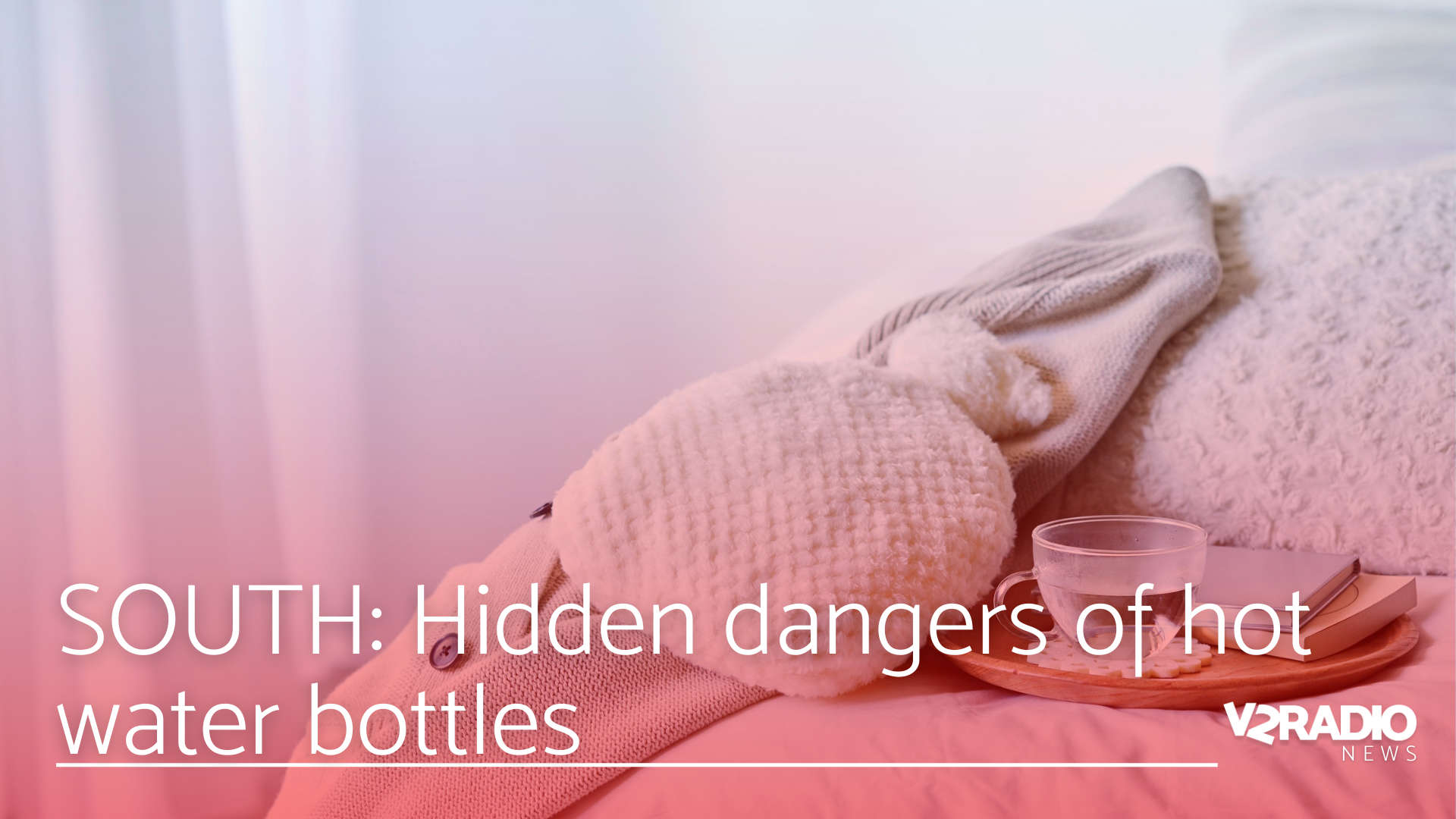
People across the South are being warned to take care when using hot water bottles this winter.
The Royal Society for the Prevention of Accidents says burn injuries rose by eleven per cent last year, with more than a thousand cases reported nationwide.
They’re urging people to check the date stamp on their bottles and avoid overfilling. Never sit or lie on them, and always use a fabric cover or wrap the bottle in a towel to prevent direct contact with skin to reduce the risk of burns.
Adrian Simpson, Head of Policy at RoSPA, said: “We’re pleased that the committee for hot water bottles and microwaveable warmers has been reinstated by BSI, with the aim of giving manufacturers clear guidance to improve product safety. RoSPA is proud to have been invited to chair the standards committee, helping to ensure these products reflect the latest safety requirements. However, these items can still pose risks—especially older ones—so we urge the public to follow simple safety steps to stay warm without injury. We will also consider this issue in future engagement with policymakers and standards bodies.”
Ken Dunn, Consultant Burns and Plastic Surgeon (retired) and Vice Chair of The Children’s Burns Trust, said: “It’s alarming to see such a sharp increase in burns caused by hot water bottles, particularly in young children. We know that these injuries can lead to long-term physical and psychological effects, which is why prevention is crucial. As the colder months of the year approach – coupled with the ongoing financial strain that many households are under – we’re urging families to avoid using hot water bottles for children.
“If you do use them at all in the home, you should remember two key pieces of information about how to use them safely – never fill them with boiling water and always check the rubber flower symbol found on the neck which shows which month and year the hot water bottle was made. Any bottle older than two years old should be replaced.”

 Consultation on Sussex nature strategies launches
Consultation on Sussex nature strategies launches
 Children’s hospices in the South welcome national share of £80m funding
Children’s hospices in the South welcome national share of £80m funding
 Grazing sheep settling in well at Mill Hill nature reserve in South Downs
Grazing sheep settling in well at Mill Hill nature reserve in South Downs
 Portsmouth shop owner ordered to pay £53,000 over counterfeit tobacco
Portsmouth shop owner ordered to pay £53,000 over counterfeit tobacco
 Settle down with some spine-tingling tales from West Sussex!
Settle down with some spine-tingling tales from West Sussex!
 Man sentenced to a year in prison after breaking into Lloyds Bank in Fareham
Man sentenced to a year in prison after breaking into Lloyds Bank in Fareham
 Hundreds object to 3,000 homes West of Ifield
Hundreds object to 3,000 homes West of Ifield
 Sussex Police first in the country to fit monitoring tags to prolific shoplifters
Sussex Police first in the country to fit monitoring tags to prolific shoplifters
 Protected birds’ breeding success on the Solent
Protected birds’ breeding success on the Solent
 Further funding agreed for Community Warden scheme in Chichester District
Further funding agreed for Community Warden scheme in Chichester District






